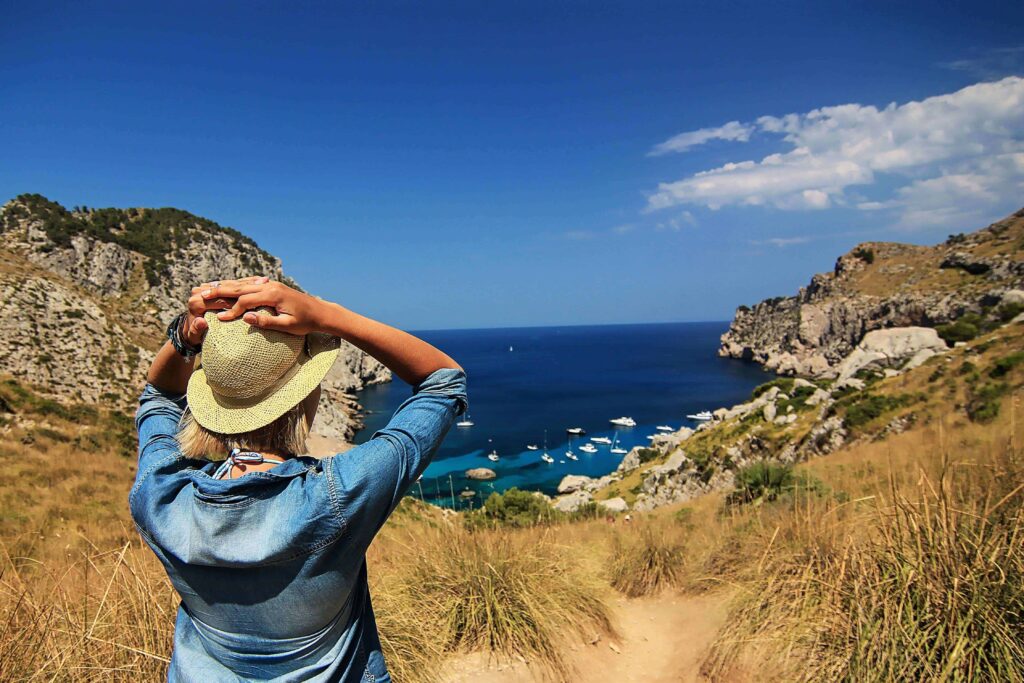The Eiffel Tower, an iconic symbol of Paris, stands as a testament to the city’s elegance and grandeur. Rising gracefully above the skyline, this magnificent iron lattice structure captivates visitors from around the world with its timeless beauty and unparalleled views.
Constructed by Gustave Eiffel for the 1889 World’s Fair, the Eiffel Tower has since become synonymous with the spirit of Parisian romance and sophistication. Standing at a height of 1,063 feet, it offers panoramic vistas of the city below, including famous landmarks such as the Arc de Triomphe, the Seine River, and the sprawling gardens of Champ de Mars.
The tower’s intricate lattice design, consisting of over 18,000 individual iron parts, creates a mesmerizing play of light and shadow, especially at sunrise and sunset when the sun’s rays illuminate its elegant silhouette. At night, the Eiffel Tower becomes a dazzling spectacle, as thousands of twinkling lights illuminate its framework, casting a warm and inviting glow over the city.
Visitors to the Eiffel Tower can ascend to its three observation levels via elevators or stairs, each offering unique perspectives on the surrounding landscape. From the bustling streets below to the distant horizons of Paris, the view from the top is nothing short of breathtaking, providing a sense of awe and wonder that lingers long after the visit.
Surrounding the Eiffel Tower is the charming Champ de Mars park, where visitors can relax on lush green lawns, enjoy a picnic with loved ones, or simply marvel at the tower’s majestic presence against the Parisian sky.
Whether admired from afar or experienced up close, the Eiffel Tower continues to inspire and enchant, drawing millions of visitors each year to experience its timeless allure and undeniable charm. As a symbol of Parisian elegance and ingenuity, it stands as a testament to the city’s enduring legacy as one of the world’s most beloved destinations.
Overview
Travel is the movement of people between relatively distant geographical locations, and can involve travel by foot, bicycle, automobile, train, boat, bus, airplane, or other means, with or without luggage, and can be one way or round trip. Travel can also include relatively short stays between successive movements.
The origin of the word “travel” is most likely lost to history. The term “travel” may originate from the Old French word travail, which means ‘work’. According to the Merriam Webster dictionary, the first known use of the word travel was in the 14th century.
It also states that the word comes from Middle English travailen, travelen (which means to torment, labor, strive, journey) and earlier from Old French travailler (which means to work strenuously, toil). In English we still occasionally use the words “travail”, which means struggle. According to Simon Winchester in his book The Best Travelers’ Tales (2004), the words “travel” and “travail” both share an even more ancient root: a Roman instrument of torture called the tripalium (in Latin it means “three stakes”, as in to impale).












